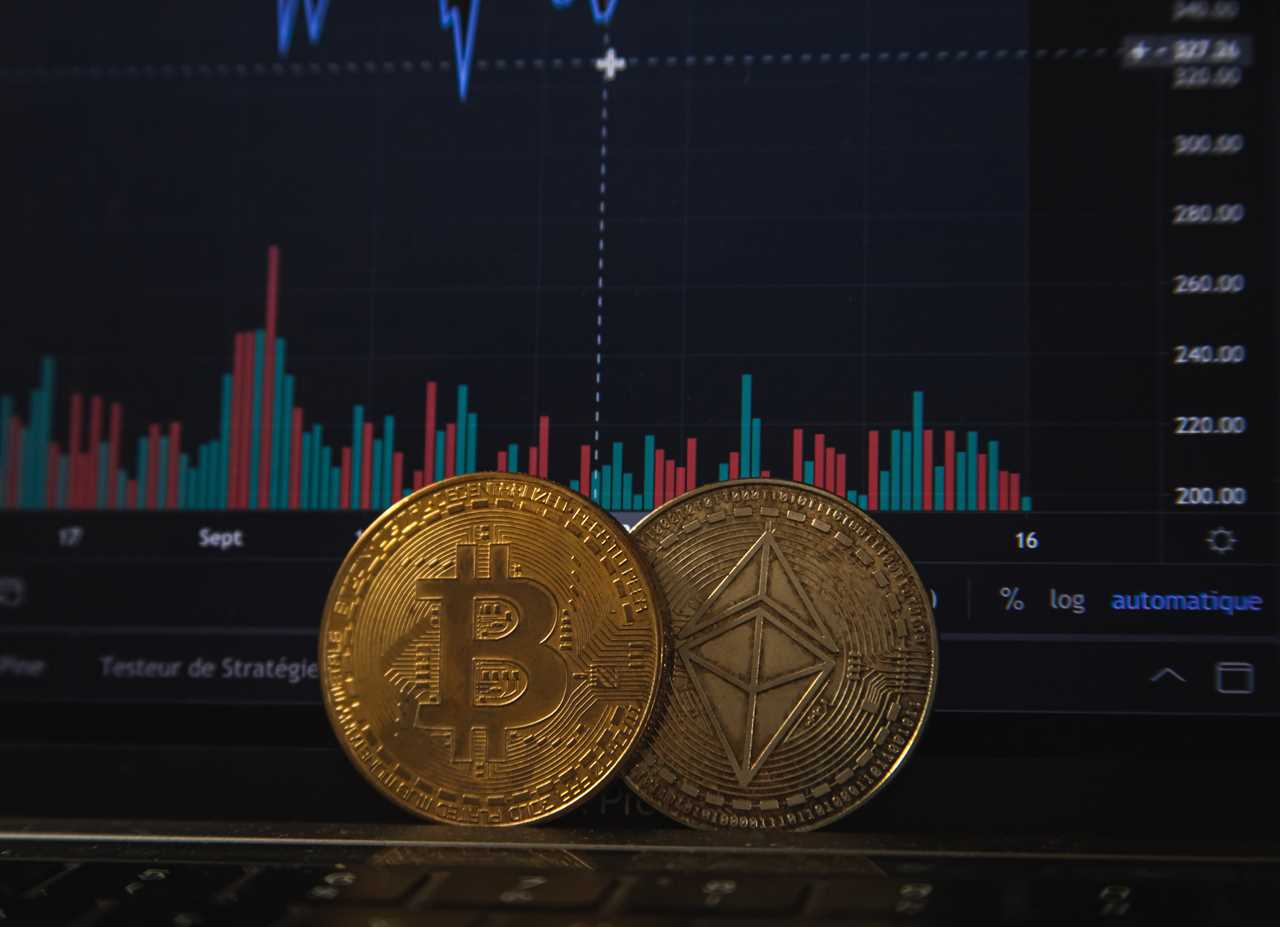||

In the past few weeks, the crypto market and the global money market has been shaken by the sharp decline in the values of flagship cryptocurrencies such as Bitcoin and Ethereum. While fluctuations in markets are common, the stunning fall of stable coin TerraUSD and its sister counterpart Luna from near a dollar to $0 has marked this trough in the market as particularly impactful, as billions in valuation were erased seemingly overnight. Stable coins serve as a bridge to the old financial system, operating as a currency with a widely accepted value. Stable coins allow investors to park their funds while remaining within the cryptocurrency ecosystem, avoiding the market’s ups and downs. Stable coins are a form of cryptocurrency that are pegged to a country’s fiat currency, meaning that as the country’s currency, such as the US dollar, rises or falls in comparison to the global market, the stablecoins tied to the currency will face the exact same fluctuations. In this scenario the climbing ratio of Luna to USD led to a crash that wiped out billions of US dollars in valuation overnight as the supply became dramatically greater than demand for the stablecoin, leading to disastrous consequences for its creators and investors.
Right now, the bitcoin market is not dependable; you can see red in every direction. Bitcoin and Ethereum are at their lowest levels since 2020, with altcoins such as Dogecoin and Cardano faring considerably worse. While this is distressing for crypto investors, it is not uncommon. Cryptocurrencies are notorious for their volatility, and turbulent economic conditions are bringing down crypto and the stock market. Even big corporations such as Amazon and Facebook have felt the effects of this neighboring crash, as traditional performers feel the effects of investor pessimism in their share valuations decreasing amidst external factors such as the Russia-Ukraine War.
There have been quite a few plausible explanations for this sudden crash of a seemingly well-off stablecoin. Regarding the possibility of a malicious attack, which is currently credited as the most plausible explanation, some critics suspect that an attacker attempted to breach UST (TerraUSD) to profit from bitcoin shorting or speculating on its price falling. Depegging UST would require TerraUSD to liquidate its bitcoin reserve to repeg the stable coin if would-be attackers built a significant position in UST and then unstaked $2 billion all at once. When investors notice that UST has lost its peg, they will unstake and sell their UST, requiring additional bitcoin reserves to be sold, which increases sell pressure. Other tokens, including bitcoin and tether, have also struggled because of this increased pressure. As mentioned before, Luna has nearly lost all its value, and Bitcoin has lost almost 50% in the previous six months. This disaster has been resounded by critics as akin to the financial meltdown of 2008, as we see red across the markets even in traditionally safe options such as the real estate market, which is currently in a nationwide housing bubble.
As with all financial systems, the cryptocurrency market is intertwined with other markets at a broader level. The losses in TerraUSD spread into other cryptocurrencies, as Tether fell to $0.96, but subsequently recovered to equal the value of USD. Bitcoin also fell to roughly $25,400, or 16%, as Tether fell, its lowest level since December 2020, before rising to around $29,500 last week. According to CNBC statistics, the crypto market has contracted by more than 50 percent since November, falling to $1.2 trillion from $2.9 trillion. Furthermore, this crash might have ramifications for the existing financial system structure as well, as the repercussions of the crypto market contracting has led to the Federal Reserve and other existing governmental structures feeling the effects of this contraction in consumer and investment demand.
The stunning drop of TerraUSD and Luna, combined with the overall contraction of the crypto market, has also led to increased lobbying for regulation. Testifying before the Senate Banking, Housing and Urban Affairs Committee on Tuesday, Treasury Secretary Janet Yellen mentioned the TerraUSD drop. “I think that simply illustrates that this is a rapidly growing product and that there are risks to financial stability and we need a framework that’s appropriate,” she said. This recent crash has cast doubt on the entire crypto market; while market fluctuations are common, seeing such a fall for a stable coin that serves as a digital peg to a country’s national currency raises debates over the future of regulatory measures in cryptocurrency.
||
---------------------------
By: Utkarsh Bansal
Title: TerraUSD:Luna
Sourced From: streetfins.com/terrausdluna/
Published Date: Fri, 08 Jul 2022 20:31:44 +0000
Read More
Did you miss our previous article...
https://peaceofmindinvesting.com/clubs/introduction-to-prospect-theory
.png) InvestingStocksToolsClubsVideosPrivacy PolicyTerms And Conditions
InvestingStocksToolsClubsVideosPrivacy PolicyTerms And Conditions
